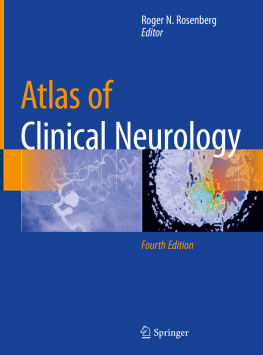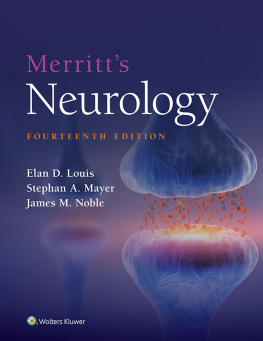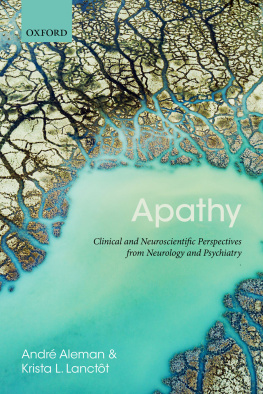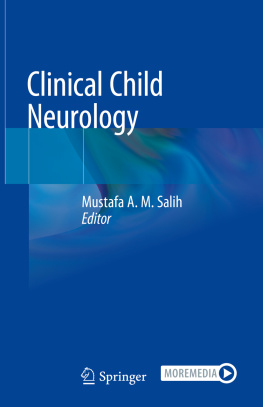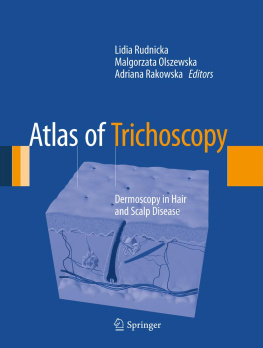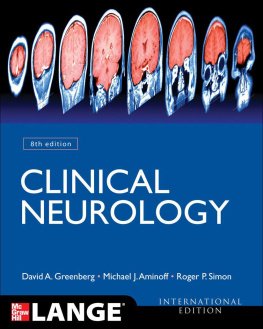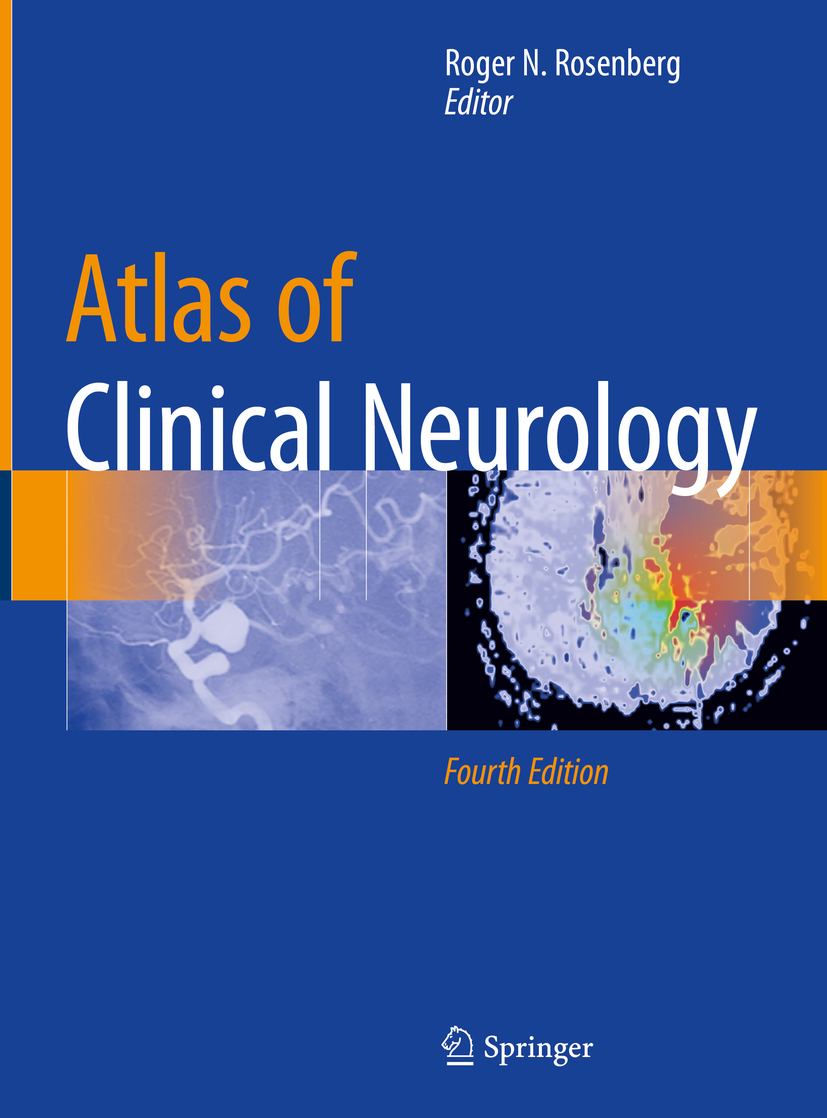Editor
Roger N. Rosenberg
University of Texas Southwestern Medical Center, Dallas, TX, USA
ISBN 978-3-030-03281-4 e-ISBN 978-3-030-03283-8
https://doi.org/10.1007/978-3-030-03283-8
Springer Nature Switzerland AG 2019
This work is subject to copyright. All rights are reserved by the Publisher, whether the whole or part of the material is concerned, specifically the rights of translation, reprinting, reuse of illustrations, recitation, broadcasting, reproduction on microfilms or in any other physical way, and transmission or information storage and retrieval, electronic adaptation, computer software, or by similar or dissimilar methodology now known or hereafter developed.
The use of general descriptive names, registered names, trademarks, service marks, etc. in this publication does not imply, even in the absence of a specific statement, that such names are exempt from the relevant protective laws and regulations and therefore free for general use.
The publisher, the authors, and the editors are safe to assume that the advice and information in this book are believed to be true and accurate at the date of publication. Neither the publisher nor the authors or the editors give a warranty, express or implied, with respect to the material contained herein or for any errors or omissions that may have been made. The publisher remains neutral with regard to jurisdictional claims in published maps and institutional affiliations.
This Springer imprint is published by the registered company Springer Nature Switzerland AG
The registered company address is: Gewerbestrasse 11, 6330 Cham, Switzerland
Preface
The Fourth Edition of the Atlas of Clinical Neurology highlights and underscores the enormous strides being made in the biologic understanding of neurologic disease. Neurology is a highly visual specialty. The neurologic examination, magnetic resonance imaging (MRI), electroencephalography (EEG), positron emission tomographic (PET) scanning, functional MRI (fMRI), and light microscopy and electron microscopy are examples of visual images that define neurologic disease and normal brain functions.
This Atlas of Clinical Neurology has been designed to provide a comprehensive pictorial and visual exposition and integration of all aspects of neurologic disease, including clinical syndromes, and related neuropathology, neuroradiology, neurophysiology, neuropharmacology, neurochemistry, and molecular biology. The goal is to provide a holistic visual concept of neurologic disease to allow the clinician an overall image of a specific neurologic disorder.
Quality patient management requires the good judgment and factual knowledge of an experienced physician. The Atlas of Clinical Neurology is intended to provide essential information about neurologic disease in an immediate and integrated manner to help the neurologist in the primary function of providing excellence in patient care.
There has been great progress in the past decade in our understanding of the cellular, genetic, genomic, and molecular basis of many neurologic diseases. As a result, each chapter has been revised and updated to reflect these advances, including new therapies that have been developed as a result of this recent knowledge. Thrombolytic and endovascular therapy for stroke, deep brain stimulation for Parkinsons disease, new classes of anticonvulsants, and effective immune therapy for multiple sclerosis and paraneoplastic and autoimmune disorders represent examples of recent significant therapeutic advances in neurology.
Of great importance to the understanding of gene structure and function in the nervous system have been discoveries in DNA triplet repeat expansions, including Huntingtons disease, and the autosomal dominant spinocerebellar degenerations: Machado-Joseph disease ( SCA3 ), the most common autosomal dominant ataxia worldwide, dentatorubropallidoluysian atrophy, fragile X disease, myotonic muscular dystrophy, and Friedreichs ataxia .
The leading cause of dementia in our society affecting over 5 million Americans and countless millions more around the world Alzheimers disease (AD), has been shown to be a clinical syndrome due to specific different genetic mutations in selected families with dominantly inherited disease. Rare mutations in the amyloid precursor protein gene (chromosome 21), the presenilin 1 gene (chromosome 14), and the presenilin 2 gene (chromosome 1) result in dominantly inherited AD. A major risk factor for AD is the presence of the E4 allele of apolipoprotein E (chromosome 19). Recently, 100 highly polymorphic genes were identified that increase the risk for late-onset AD. Many unique polymorphic genotypes result in a wide spectrum of phenotypic AD.
Additional detailed images related to the dementias are included in this Fourth Edition. These clinical-molecular correlations are all very recent and attest to the scientific vigor of current neuroscientific research. It is my view that these new data will lead in the near future to effective new therapy for AD that will slow its rate of progress and significantly reduce the incidence of this major debilitating disease.
Brain scanning with PET and fMRI has effectively defined regional brain areas for behaviors. The clarity of insights into heterogeneous brain functions by PET and MRI is literally revolutionizing our concepts about human cognition.
The topics covered in this Atlas represent the most common and important neurologic diseases, and each chapter is authored by authorities in the field. The descriptive text for each disease sets the stage for the use of the detailed images both for self-instruction and for lecture presentations. Several hundred images, algorithms, tables, and schematic drawings have been selected carefully for their clarity in conveying the essence of a particular disorder. The collection of figures for a specific disease is intended to provide a thorough and comprehensive description that enables the clinician to generate a clear concept of current thinking about the pathogenesis of that disorder and finally a framework for rational therapy.
I am grateful to my colleagues for conceptualizing the Atlas with me initially and for updating the Fourth Edition. Our overall educational objective of integrating illustrated text with well-focused images to provide the final detailed visual imprint of each neurologic disorder has been achieved. We believe our efforts provide highly useful educational material for the student and teacher alike.
I wish to recognize and express our appreciation and gratitude to Lee Klein, developmental editor at Springer, for his considerable skills and insights in developing this update of the Atlas .
It is our hope that the Atlas of Clinical Neurology will be of value to neurologists and physicians of all specialties caring for patients with neurologic disorders, as well as to neurologic investigators and teachers of neurology, and in the final analysis, we hope that it will benefit our patients.
Roger N. Rosenberg
Dallas, TX, USA

